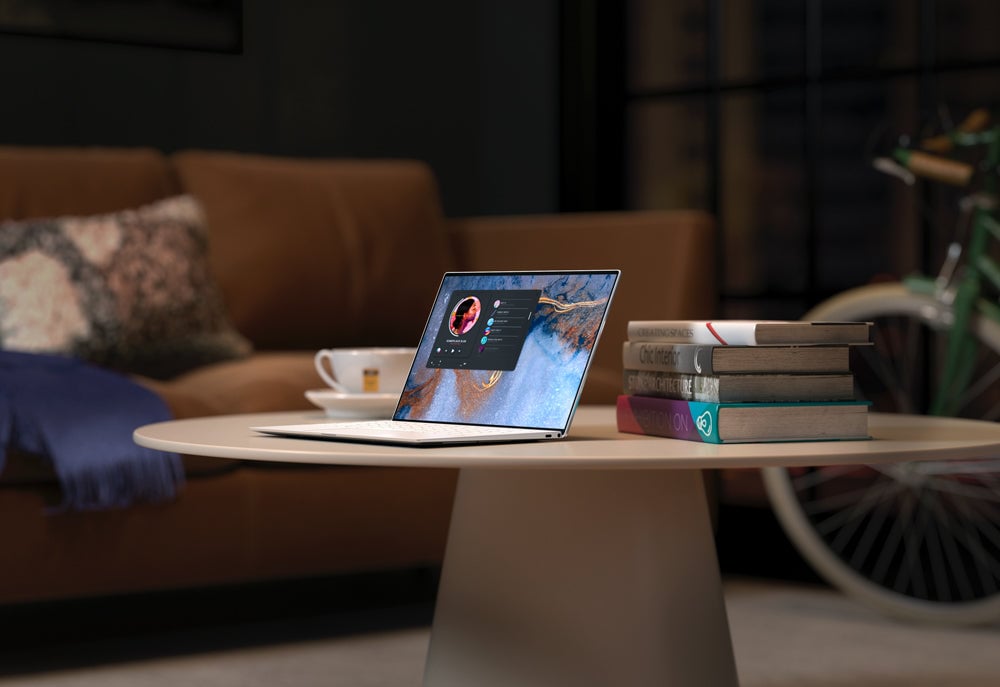
Mechanical touchpads will soon be a thing of the past for Windows laptops.
2020 introduced a new concept called the haptic trackpad into the information technology landscape. Through precise integration of several new technologies, haptic trackpads offer a new way to interact with laptops. The delicate sensation of touch is captured and processed with great accuracy to provide a tactile experience with the trackpad.
All of this means that haptic trackpads are introducing a novel interacting experience to laptop users — and, much like the 120 Hz refresh rate on smartphones, this technology is here to stay.
Through the introduction of this technology into the ThinkPad X1 in 2021, Lenovo has effectively brought haptic trackpads into the mainstream light. More laptops started harnessing this technology in the following months.
Companies that provide this unique touchpad technology to manufacturers are redesigning their product to make sure that their haptic trackpad fits in even the thinnest and futuristic Ultrabook's and notebooks. They accomplish this through the actual components used in producing the trackpad — namely piezo actuators and force-sensing resistors (FSR).
We use haptic technology every day even if we are not aware of it.
Vibration is used on many modern touchscreen smart phones. Since smartphone displays are just flat planes of glass, the phone’s vibration is used to replace the tactile sense of buttons, which is achieved by the exact same technology. Moreover, when you pick up your phone and experience vibrations or the prompt activation of the screen, your portable device is employing haptic solutions.
Haptic Trackpads in the Market

Even though haptic touchpads were an important part of the Apple MacBook for a few years, they did not receive much attention from Windows laptop OEMs. But it all changed recently. This delicate input device, with a small vibrating motor instead of a mechanical clicking device, went mainstream at CES 2022. The rising popularity of haptic trackpads was plainly obvious, with several new devices boasting the upgrade — making it hard to miss.
Navigating through the CES trends in 2022, the adoption of this technology was extremely evident, with several big hitters like HP and Dell attempting to introduce the concept in their most high-end devices. Additionally, several original equipment manufacturers have started showing interest, furthering the claim of mass adoption.
Dell’s version of its newest flagship was the XPS 13 Plus. The integration of the haptic motor received a warm welcome at CES. The even clicking sensation anywhere on the trackpad seemed to impress several attendants.
Although the use of haptic trackpads in the Dell XPS line was a great milestone for this
But why invest in a new direction at all? What was missing from the previous generation of capacitive trackpads?
On a basic level, capacitive trackpads are not accurate. The way the traditional pieces collect input involves electrodes that react to a change in innate charges present on human fingertips. Accuracy is sacrificed in these instances and is made up for by the software. However, this alone was not enough to lead a complete re-examination of the hardware.
One of the main reasons why haptic technologies are becoming the face of the trackpad industry is captured by the name “haptic” — the click.
Thanks to Windows 11 and the haptic trackpad, users will have the possibility to customize the feeling of the click. From the force sensing to the haptic strength of the click, the user will be able to change the way he interacts with his trackpad.
The other reason haptic trackpad is gaining traction from OEMs is because of the thinness of the complete solution. The complete trackpad solution is less than 3 mm. This leaves more space for the battery of other components. With laptops becoming thinner and more powerful, it is normal for companies to be interested in this solution.
The Growing Trend of Haptic Trackpads

Haptic trackpads have dominated the news for tech enthusiasts lately, but this hasn’t always been the case. Although Apple’s trackpads, which implement Force Touch — starting with the 2015 MacBook — have been praised by many users, Windows users had nothing of the sort.
This may have been due to the simple fact that there was no standard to compare the capacitive touchpads on Windows laptops. Additionally, with the majority of the market dominated by Windows laptops — some 74 % — companies employing this operating system saw no reason to shift away from the fully functional capacitive trackpads.
Apple, on the other hand, had a premium product reputation to maintain, and this drove research into all aspects of the MacBook, including the trackpad. With the first haptic-enabled device being Apple's smartwatch in 2014, Apple quickly transitioned to Force Touch on its MacBooks a year later. The technology is still capacitive, but it also incorporates two solenoids in order to simulate physical movement of the trackpad.
With the state of the market being what it was for Windows laptop manufacturers, they had a hard time competing among each other and would dedicate their resources to outperforming competitors' models. However, with Apple gaining significant popularity in recent years despite its higher price point, the doors to reassess Windows-run laptops have been opened.
The computer itself has received mixed reviews, but its haptic response trackpad has been racking up nothing but praise. From the accuracy of usage to better glide and even the customizable force, the trackpads have raised eyebrows throughout the industry, compelling the competition to act.
This proved to be a turning point. Prior to this, trackpads were regarded as a standard piece of hardware that failed to even be listed in the tech specs column. However, with new light shining on haptic trackpads — especially after CES 2022 — incorporating one seems to be a standard for any self-respecting flagship.
Advantage of Piezo Haptic Trackpads
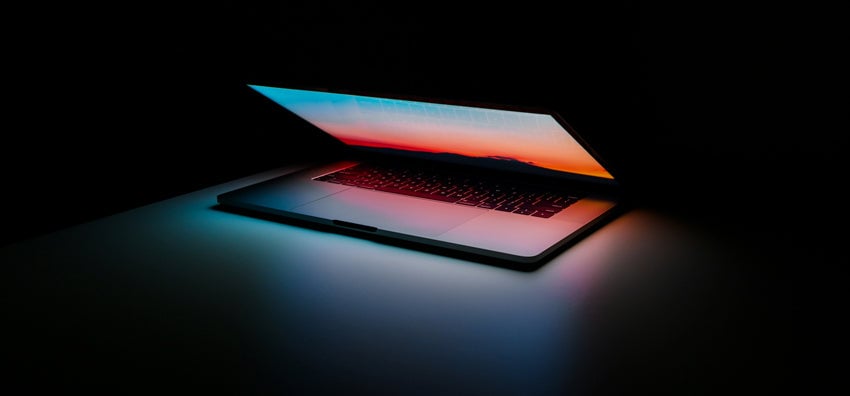
When discussing haptic trackpads, the concept of a force-sensing resistor (FSR) is invoked, and this is the type that we've seen on the new laptops making headlines throughout this year. However, the FSR design isn’t the pinnacle of currently available haptic technology: That would be piezo haptic trackpads. Piezo haptic trackpads work on the basis on piezoelectric sensors. The concept of these sensors is based on compression and rarefaction of certain materials, which causes electric charge to be generated within them.
Thinner Design
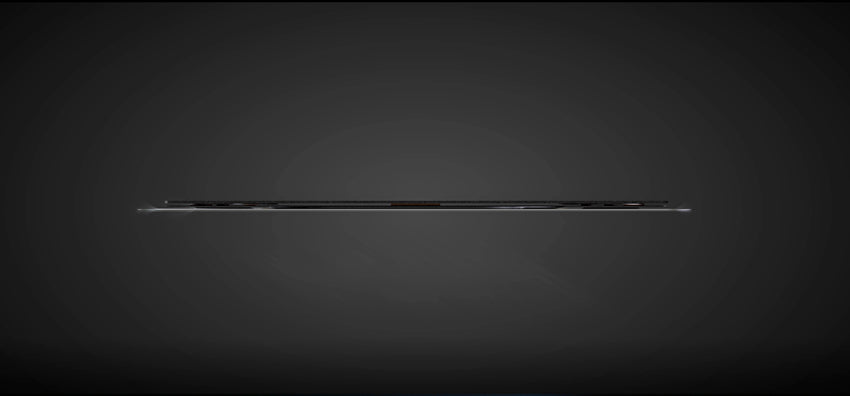
Piezoelectric sensors are simple and extremely thin, which makes them a perfect component for the design of trackpads. Additionally, these sensors can be set to activate at different pressures, making them a viable option while implementing the customizable force option such as the one seen in Microsoft’s Surface Laptop Studio.
So, what do these features mean for the design of the piezo haptic trackpad? There's the razor thin form factor. One of the most prominent problems with standard FBR haptic trackpads as well as the capacitive ones is the thickness, at 3 mm and 4 mm respectively. And, while the 1 mm difference does carry a large impact, piezo haptic pads can go as thin as 1.8 mm. The thinner form factor of the trackpad is prime real estate allowing for easier and more efficient implementation of the touchpad.
Seamless Interaction Across the Whole Pad
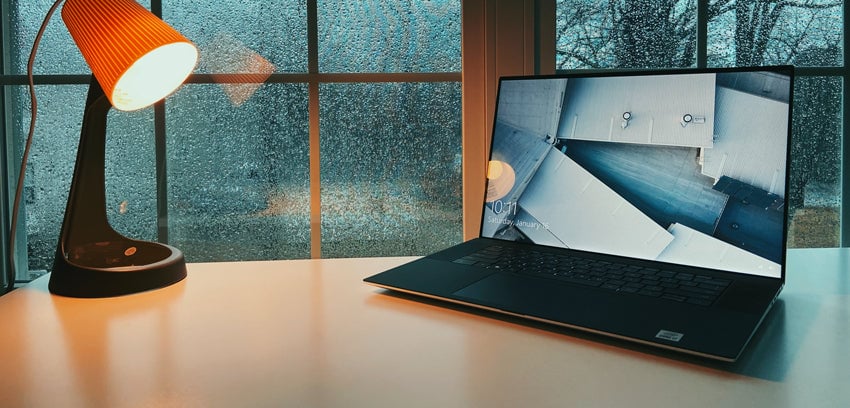
We understand how annoying it can be to hit a dead zone in the trackpad where it simply not longer picks up your input accurately. That issue vanishes from the picture when piezo haptic trackpads are introduced.
Capacitive touchpad technology is not accurate, but even beyond that, it is prone to dead zones or less sensitive regions along its edges. The FBR haptic solution to this is simply design the FBRs to be smaller and cover the entire trackpad with it. While this does eradicate that problem, it also makes the manufacturing process more complex and costly. Additionally, the end product comes out bulkier.
With piezo haptic trackpads, on the other hand, that problem is eradicated without sacrificing space or weight. It promotes uniform force sensing throughout the trackpad by having a single layer of a sensing material. This in turn causes the hardware accuracy to increase substantially negating the need for advanced trackpad drivers.
HD Haptic Feedback

The main reason for the transition to haptic trackpad modules may be the size restraints for most producers, but consumers switch due to that satisfying click — the haptic feedback that stimulates the perception of a mechanical press without any moving parts.
The haptic aspect of these trackpads differs from design to design, but the piezo haptic variant it offers all the functionality without any additional components like solenoids. This has to do with the fact that piezoelectric materials have the ability to induce a haptic response. No additional mechanism is required to provide haptic feedback, and it can be done through a piezo actuator. The lack of additional parts means a thinner form factor and, in most cases, more responsive haptic feedback.
The verdict of the matter is that piezo haptic trackpads bring more to the table than any other touchpad on the market. Currently, only a handful of companies can provide such a complete product, with Boreas being at the forefront.
Advantages of Boreas’ Piezo Haptic Trackpads

The major selling point of piezo haptic trackpads is the possibility of having a razor-thin module with superior input accuracy, and Boreas delivers just that. With Boreas’ trackpads being as thin as 2.4 mm — almost halving the bulky module in traditional capacitive touchpads — this technology can be employed in the thinnest Ultrabook's without a hitch. However, the perception that these thin modules have no upside in bigger and bulkier laptop models is misleading. With battery optimization and other components ramped up in size, even larger laptops can integrate piezo haptic trackpads to make up for space considerations.
The trackpad is easily scalable to any form or size, which makes implementation of Boreas’ piezo haptic trackpad into any design simple.
However, no matter how accurate the innate sensing of the trackpad, without a powerful and well-built driver, even piezo haptic trackpads fall behind. Boreas introduces the solution in the form of the BOS1901 piezo driver.
Aiming to be one of the best drivers in the haptic trackpad market, the BOS1901 utilizes the patented CapDrive technology, which leads the industry in power saving. The BOS1901 boasts integrated force sensing — a feature that unlocks the ability to pick up force sensing anywhere on the trackpad without any dead zones.
Haptic trackpads are the direction in which the laptop industry is headed. To ensure masterful performance, Boreas’ piezo haptic trackpads should be your pick!

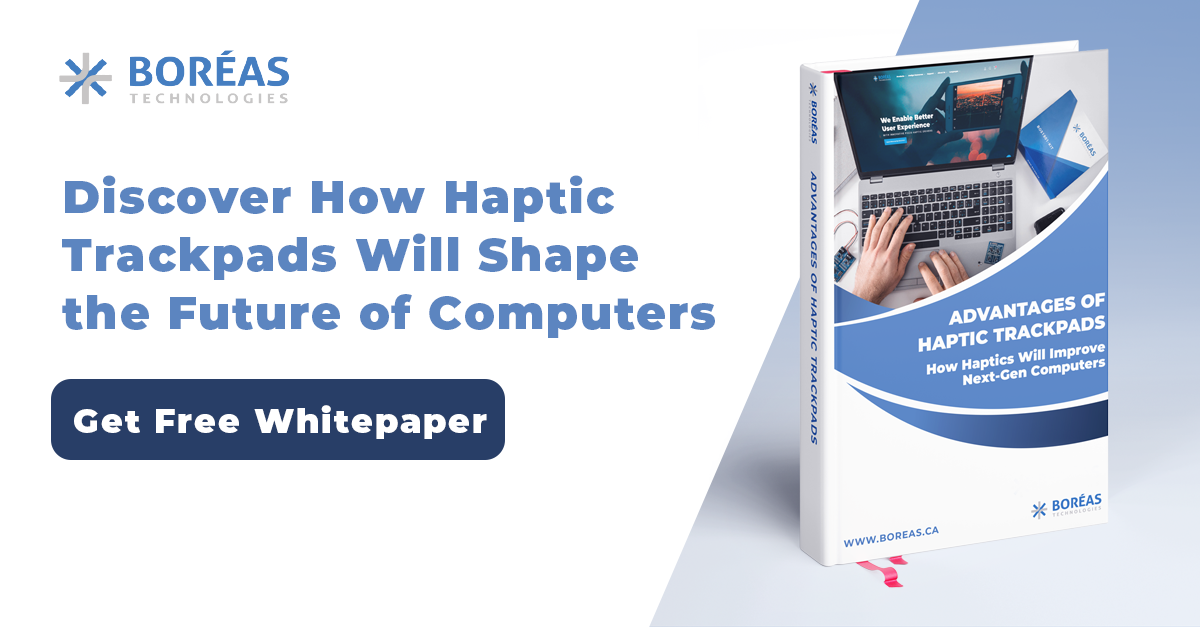

Leave a comment